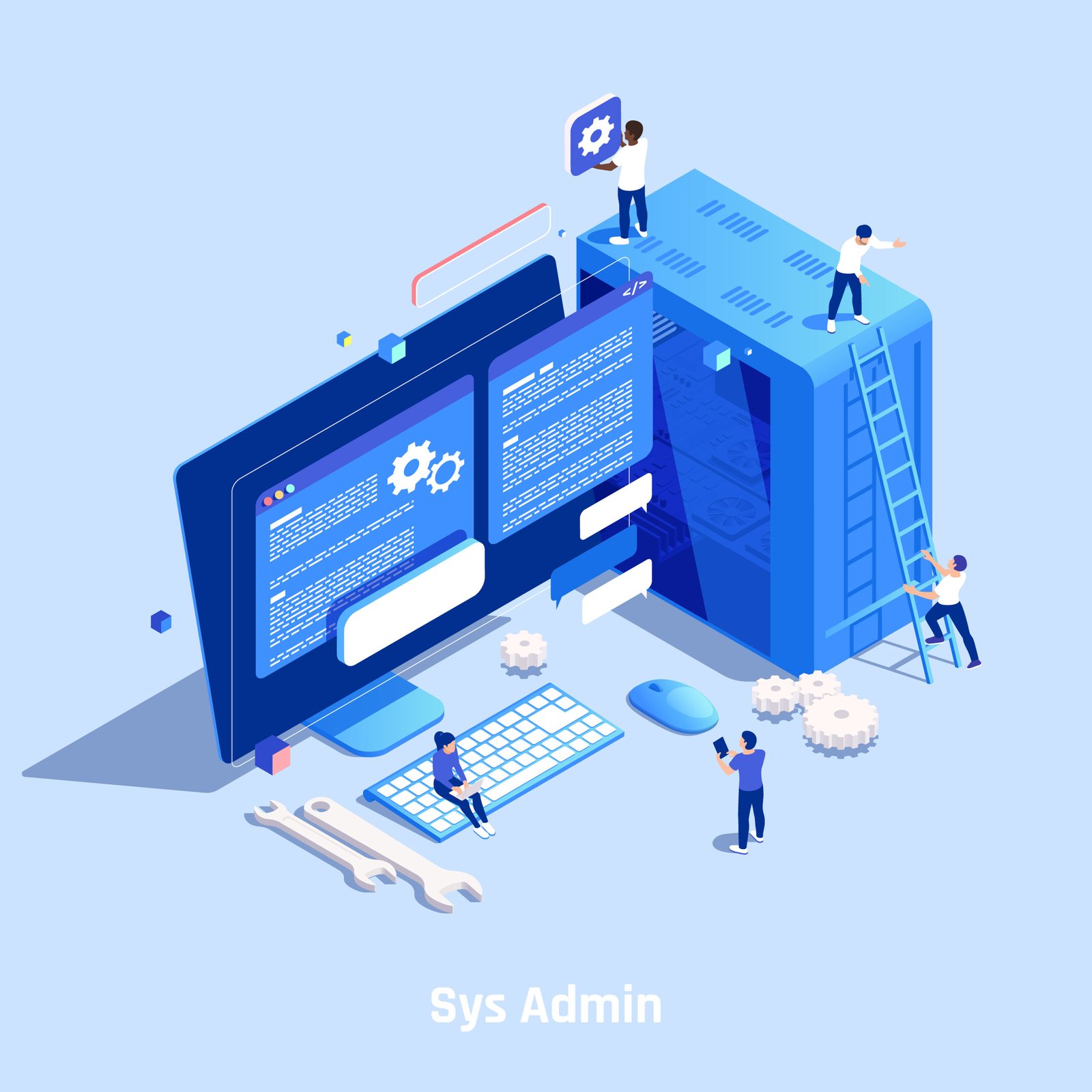Lightning Web Components (LWC): Why They Matter for Modern Salesforce Development

Salesforce remains a cornerstone of enterprise automation and customer engagement. Yet, when it comes to front-end development, businesses often face a crucial decision: Lightning Web Components (LWC) or Aura Components? Choosing the right framework isn’t just a matter of preference—it can affect performance, scalability, team efficiency, and integration with modern AI solutions.
At AiSynapTech, we help enterprises make strategic development decisions backed by real-world insights. Whether you’re building a new Salesforce app or upgrading an existing one, understanding the trade-offs between Aura and LWC is vital to achieving long-term agility and intelligent business outcomes.
Salesforce developers are often familiar with Aura Components, the predecessor to LWC. But as business needs grow more complex and demand faster performance, Aura’s limitations become evident.
Feature
Aura Components
Lightning Web Components (LWC)
Framework Base
Proprietary
Standards-Based (ES6, HTML5, CSS3)
Performance
Slower
Optimized (Native browser support)
Code Size
Larger, more verbose
Lean and efficient
Learning Curve
Steep
Easier for JS developers
Reusability
Moderate
High
Aura relies on a custom rendering engine and additional abstraction layers, which introduce overhead. LWC, by contrast, taps into the browser’s native rendering capabilities—meaning applications load faster and respond more fluidly. This is especially beneficial when building real-time interfaces for AI solutions, or dashboards powered by enterprise AI models.
Because LWC uses standard JavaScript classes and HTML templates, it's easier to test, debug, and maintain than Aura. For businesses scaling their Salesforce environments, this can significantly reduce technical debt and improve delivery speed.
LWC isn’t just a better developer tool—it translates directly into real business outcomes. Here’s how AiSynapTech uses LWC to solve enterprise challenges:
We use LWC to build real-time dashboards that display insights from AI models—predicting customer churn, forecasting sales, or monitoring support trends. Thanks to LWC’s rendering speed, users see the latest data without lags or refresh delays.
Customers expect instant access to support resources. LWC allows us to create sleek, mobile-responsive self-service portals that let users open tickets, track order status, or access AI chatbots—all without sacrificing performance.
From lead scoring interfaces to scheduling tools, LWC supports enterprise-grade automation for business, integrating seamlessly with Salesforce’s backend logic to simplify daily workflows.
When you’re embedding machine learning models, integrating with APIs, or visualizing large data sets, your front-end must be as smart as your backend. That’s where LWC stands out:
LWC runs natively in the browser, eliminating unnecessary layers and speeding up data-driven interactions.
Component-based architecture allows applications to grow without performance bottlenecks.
LWC adheres to Salesforce Locker Service, ensuring compliance and data protection across apps.
LWC offers built-in reactive programming features, ideal for live AI updates or workflow changes.
At AiSynapTech, we build intelligent UIs using LWC that power smarter decisions—whether it’s surfacing predictive insights or guiding user actions based on AI recommendations.
Choosing the right development approach in Salesforce directly affects your app’s speed, usability, and scalability. As a provider of cutting-edge AI solutions and Salesforce customization services, AiSynapTech recommends LWC for businesses that demand performance and future-ready solutions.
Accelerated development with reusable, testable components
Reduced maintenance costs thanks to standard web practices
Faster time-to-value for automation tools and intelligent systems
Scalable foundations for AI and machine learning integrations
Conclusion: Invest in Speed, Simplicity, and Scalability with LWC
The Salesforce ecosystem is evolving fast, and the tools you choose today will shape your performance tomorrow. Lightning Web Components represent the best of both worlds: modern standards and deep Salesforce integration.
If your business is looking to build powerful Salesforce apps that align with AI initiatives, streamline workflows, or enhance customer experiences, LWC is the framework you can rely on—and AiSynapTech is the partner to make it happen.
Ready to upgrade your Salesforce experience?
Request a demo to see how AiSynapTech can help build your next intelligent solution.
Related Blogs